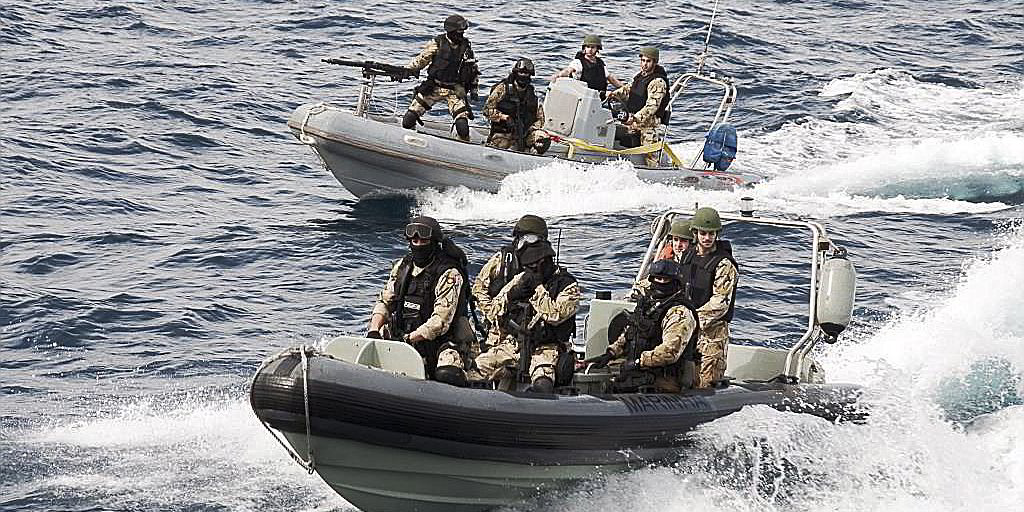Owners have been told they run the risk of hijacking if they are tempted to take the short cut to the Gulf of Aden by sailing between Socotra and the Horn of Africa, too close to the Somali coast.
The warning comes following the capture of the 1,800-dwt tanker Aris 13 (built 1991) in the region’s first successful hijacking since the 157,000-dwt tanker Smyrni (built 2011) was taken in 2012.
More than four years without successful piracy attacks in the region has seen ships get back into the habit of taking the Socotra short cut and sailing too close to the Somali coast as a cost-cutting measure in the depressed market.
In the past month, dozens of ships have taken the route, including the 19,154-teu boxship MSC Diana (built 2016) and 4,800-teu MSC Veronique (built 1989), which sailed through the passage the day after the incident was reported.
The 5,606-teu MSC Carolina (built 2005) was just 64 kilometres (40 miles) away at the time of the hijacking.
According to information from AIS data provider Genscape Vesseltracker, 63 containerships, three bulkers, six cargoships and three tankers went through this passage in the past month.
While high-speed, high-sided boxships are relatively safe, vulnerable ships such as the small 6,746-dwt Arabian Moon (built 1984) used the route as recently as March 7.
Security experts say the fully laden, slow-moving Aris 13, with its low freeboard, would have been an easy target for the two pirate skiffs.
Genscape Vesseltracker mapping shows the ship was heading from Djibouti to Mogadishu when the attack happened. The 20 armed pirates easily overtook the ship and its eight-man crew.
It was captured off the tip of the Horn of Africa and taken to Ras Caluula on the northern Somali coast and held for 24 hours before sailing on to nearby Xabo.
Anti-piracy navy force EU Navfor says the pirates have now requested a ransom through the ship’s master.
Bimco’s chief maritime security officer, Giles Noakes, says his association has reacted to the hijacking by reminding members to stick to basic industry guidance.
“We’ve pushed out a reminder on the importance of best management practice; it is absolutely essential to apply it in the region,” he said.
“Voyage risk assessments must be carried out and ships must always be registered with MSCHOA [Maritime Security Centre — Horn of Africa]. But, to be fair, we have never stopped saying this: there is still a high-risk area in the region.”
Security experts have warned that a combination of war, the frustrations of local fisherman, famine and political instability have created the conditions for a re-emergence of piracy. Noakes says the fact the Aris 13 was able to be anchored “with impunity” demonstrates the lawless nature of the region.
The ship has been transmitting its AIS position since the hijacking, Genscape Vesseltracker confirms.
James Wilkes, an executive at Gray Page, which has been carrying out security intelligence work in the region, likens the current situation to the period before Somali piracy first emerged.
“All the indications that were there before Somalian piracy blew up in 2008 are here again,” Wilkes said.
“On top of that, the general security picture in the region is more relaxed and there are no impediments in Somalia to stop skiffs going out to sea.”



